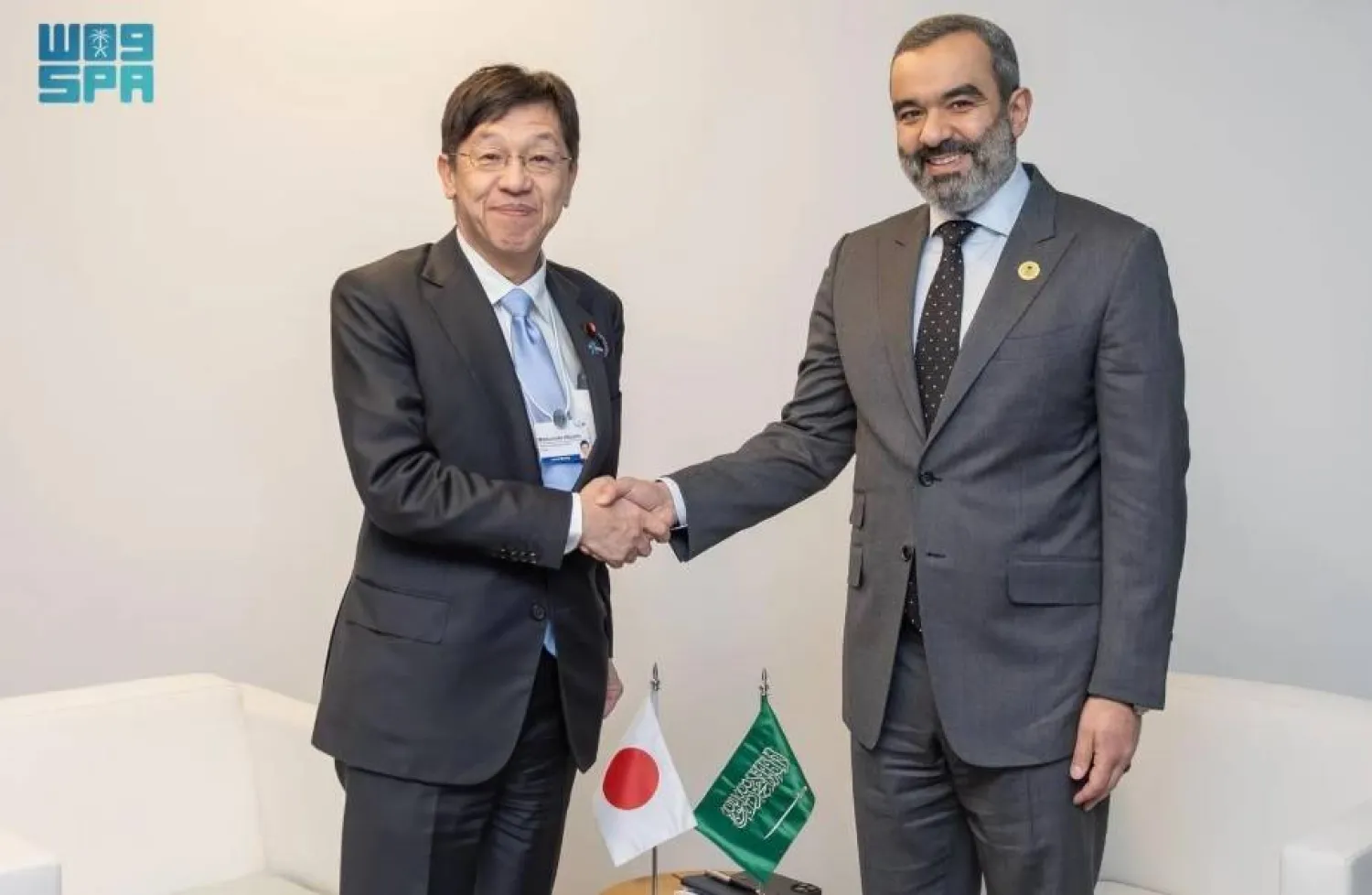Advanced Micro Devices unveiled its latest artificial intelligence processors on Monday and detailed its plan to develop AI chips over the next two years in a bid to challenge industry leader Nvidia.
At the Computex technology trade show in Taipei, AMD CEO Lisa Su introduced the MI325X accelerator, which is set to be made available in the fourth quarter of 2024.
The race to develop generative artificial intelligence programs has led to towering demand for the advanced chips used in AI data centers able to support these complex applications.
Santa Clara, California-based AMD has been vying to compete against Nvidia, which currently dominates the lucrative market for AI semiconductors and commands about 80% of its share.
Since last year, Nvidia has made it clear to investors that it plans to shorten its release cycle to annually, and now AMD has followed suit.
"AI is clearly our number one priority as a company and we have really harnessed all of the development capability within the company to do that," Su told reporters.
"This annual cadence is something that is there because the market requires newer products and newer capabilities... Every year we have the next big thing such that we always have the most competitive portfolio."
AMD also introduced an upcoming series of chips titled MI350, which is expected to be available in 2025 and will be based on new chip architecture.
Compared to the currently available MI300 series of AI chips, AMD said it expects the MI350 to perform 35 times better in inference - the process of computing generative AI responses. Additionally, AMD revealed the MI400 series, which will arrive in 2026 and will be based on an architecture called "Next".
Investors who have poured billions of dollars into Wall Street's picks-and-shovels trade have been seeking longer-term updates from chip firms, as they evaluate the longevity of the booming genAI rally, which so far has shown no signs of slowing down.
AMD's shares have more than doubled since the start of 2023. This surge still pales in comparison to the more than seven-fold rise in Nvidia's shares in the same time period.
AMD is aiming at an AI chip product cycle of one year. Similarly, Nvidia said it plans to release a new family of AI chips every year.
AMD's Su said in April that the company expects AI chip sales of roughly $4 billion for 2024, an increase of $500 million from its prior estimate.
At the Computex event, AMD also said its latest generation of central processor units (CPUs) will likely be available in the second half of 2024.
While businesses generally prioritize spending on AI chips in data centers, some of AMD's CPUs are used in conjunction with graphics processor units, though the ratio is skewed in favor of GPUs.
AMD detailed architecture for its new neural processing units (NPUs), which are dedicated to handling on-device AI tasks in AI PCs.
Chipmakers have been banking on added AI capabilities to drive growth in the PC market as it emerges from a years-long slump.
PC providers such as HP and Lenovo will release devices which include AMD's AI PC chips. AMD said its processors exceed Microsoft's Copilot+ PC requirements.









